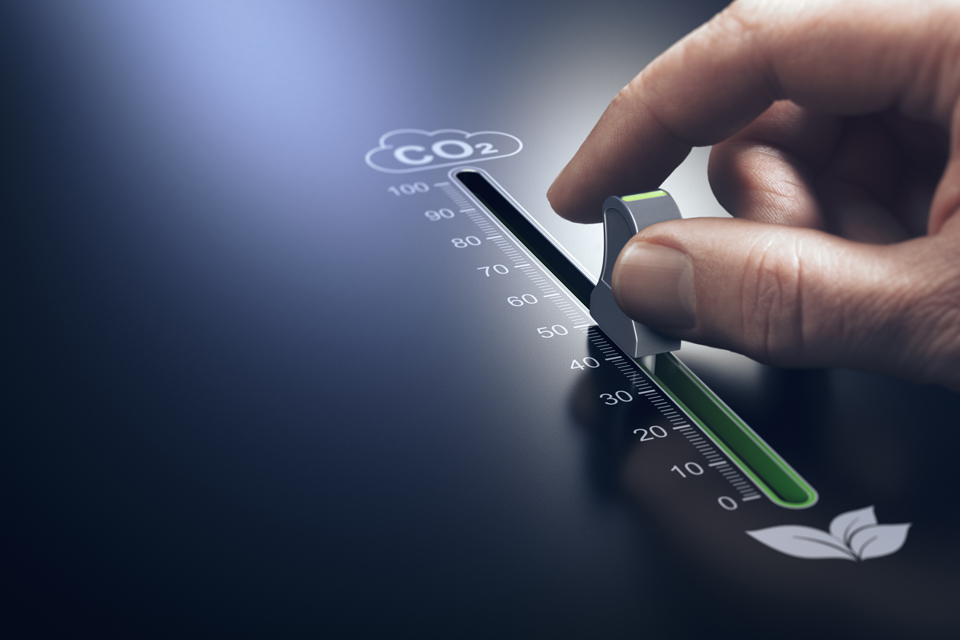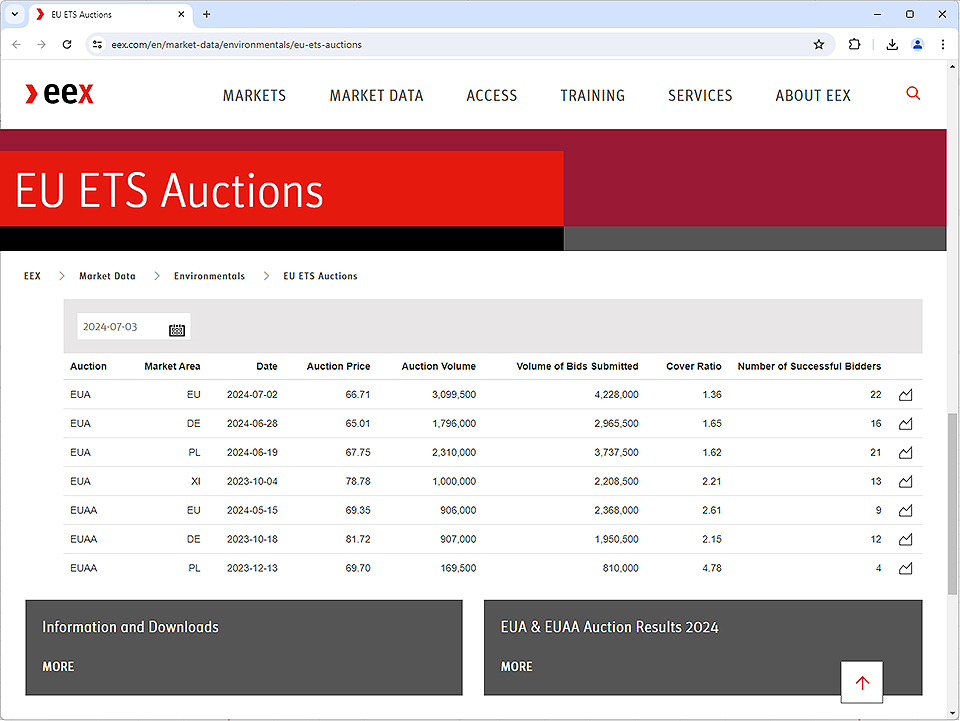2024-09-25
Carbon Dioxide Sampling - Why, Where, and When? Part 1: The EU ETS

A few years ago, OPSIS introduced the DX100 dioxins sampler primarily intended for waste-to-energy facilities required to monitor and report dioxins emissions. With a small extension, the same device can also be used for sampling of carbon dioxide (CO2). The system is also available for CO2 sampling only under the product name CO200. We are going to take a closer look at the cases where CO2 sampling is of interest, but first an introduction to the EU ETS.
The EU ETS
The European Union’s greenhouse gas (GHG) emissions trading system (in short, the EU ETS or just ETS) became effective in 2005. It has evolved ever since and continues to be evolved. It is claimed to be the world’s most comprehensive system for controlling GHG emissions. It is thereby also an important tool to cap global warming and fight climate change.
Operators under ETS must (a) monitor their GHG emissions to the ambient air, (b) report these emissions to relevant authorities, and (c) acquire and hand over the corresponding number of emission permits to these authorities.
Emission Permits
Emission permits are issued by the EU and largely made available to the operators on an open market where the permits can be bought and sold. The EU controls the total number of new permits being issued, thereby also controlling an increasing share of the GHG emissions.
To prevent too much negative effects of the ETS, the operators can apply for free emission permits. Such permits are granted based on type of industry, production numbers, and the risk of the production being moved outside of the EU.
ETS and the EU Industry
ETS currently (2024) applies to about 11,000 individual entities within the EU, active in many types of large-scale industries. This includes for example power generation, refineries, steel and aluminium production, cement industry, glass manufacturing, and pulp and paper production.
The list of GHG includes carbon dioxide (CO2), methane (CH4), nitrous oxide (N2O), and a few fluoride compounds. However, for most types of industries it is currently only CO2 emissions that are covered by the ETS so this article will focus on CO2 from here on.
There are various methods available to determine the CO2 emissions. By example, the flow of incoming fuel and raw materials can be monitored. Multiplied by standardized emission factors, often different for different industries, fuels, and other materials, gives the emissions in tonnes of CO2 per year.
Another approach is direct measurements of the flue gas flow and its CO2 concentration emitted to the ambient air. The CO2 emissions in weight-per-time unit is given by the product of the measurands.
The ETS Cycle
All ETS activities run under a cycle tied to the calendar year. Not later than by the end of March, the CO2 emissions for the preceding year are to be reported to the relevant authority. The report is reviewed, and the authority decides on the number of emissions permits the operator is to hand over. One tonne of emitted CO2 requires one permit. The permits are to be handed over not later than by the end of September. It is up to the operator to source the necessary number of permits before then.
Permits Trading
Emission permits are made available and traded on the European Energy Exchange, EEX. They are commodities with a spot price that changes with supply and demand. Operators can buy permits at any time. They do not expire so it is possible to save permits for upcoming years, and even trade them just like you can trade stocks and currencies. A permit to emit one tonne of CO2 currently (mid-2024) costs around 60-80 EUR.

Snapshot from the EEX website where the CO2 emission permits are traded.
The revenue received by the EU for the sale of emission permits is distributed among the member states and goes straight into the respective state budget.
Coming Up
So far about the background to the blog topic “CO2 sampling”. ETS comes with exemptions, and it gets a little tricky when there is a mix of fossil and biogenic CO2 emissions. However, this is where CO2 sampling becomes of interest. You can read more about this in the second and last part of this short blog series – just click on this link>>!
